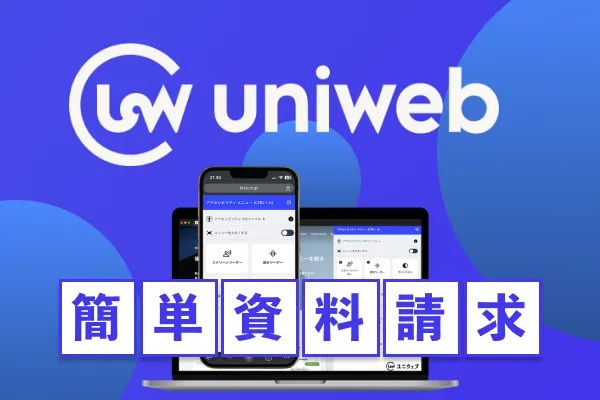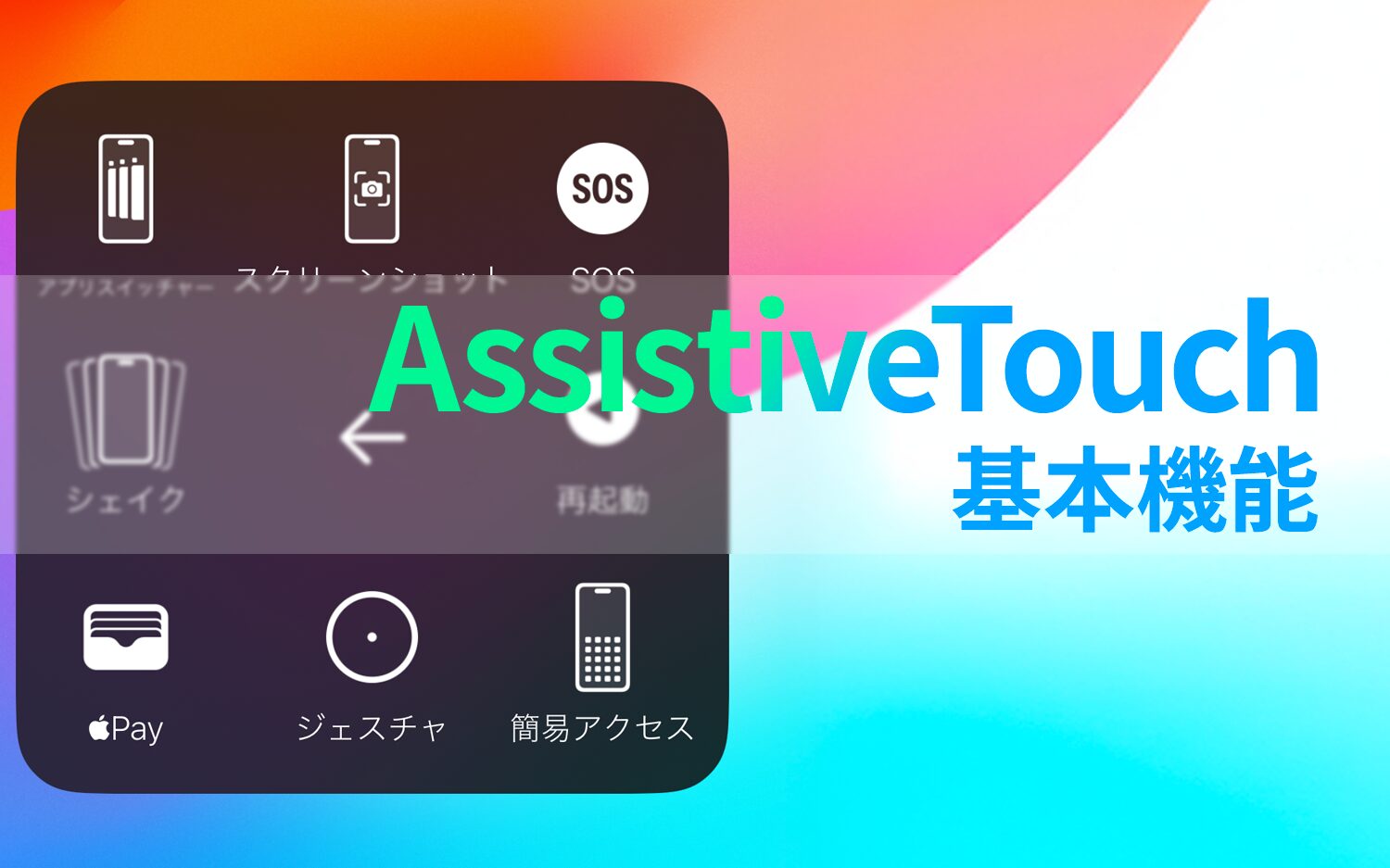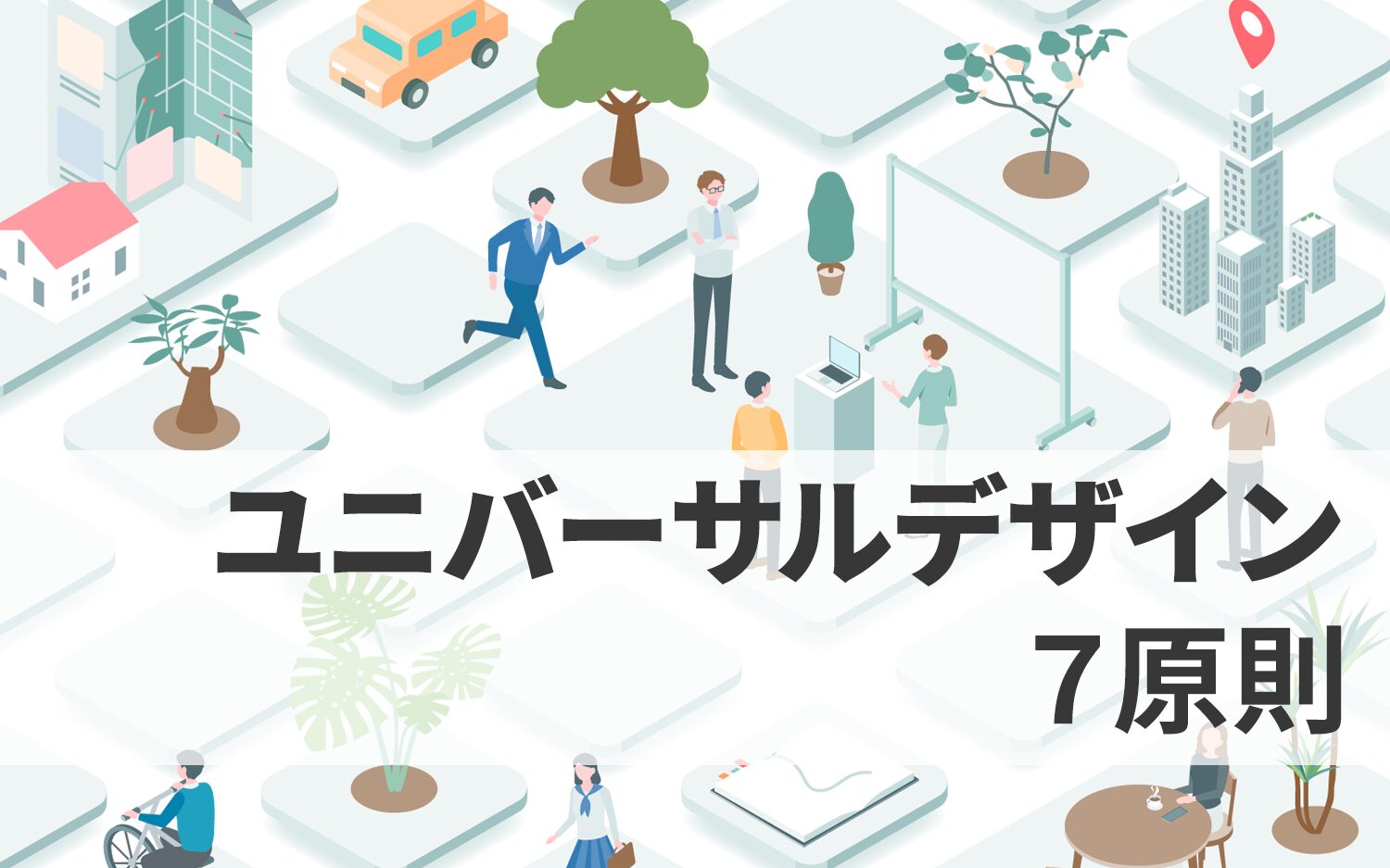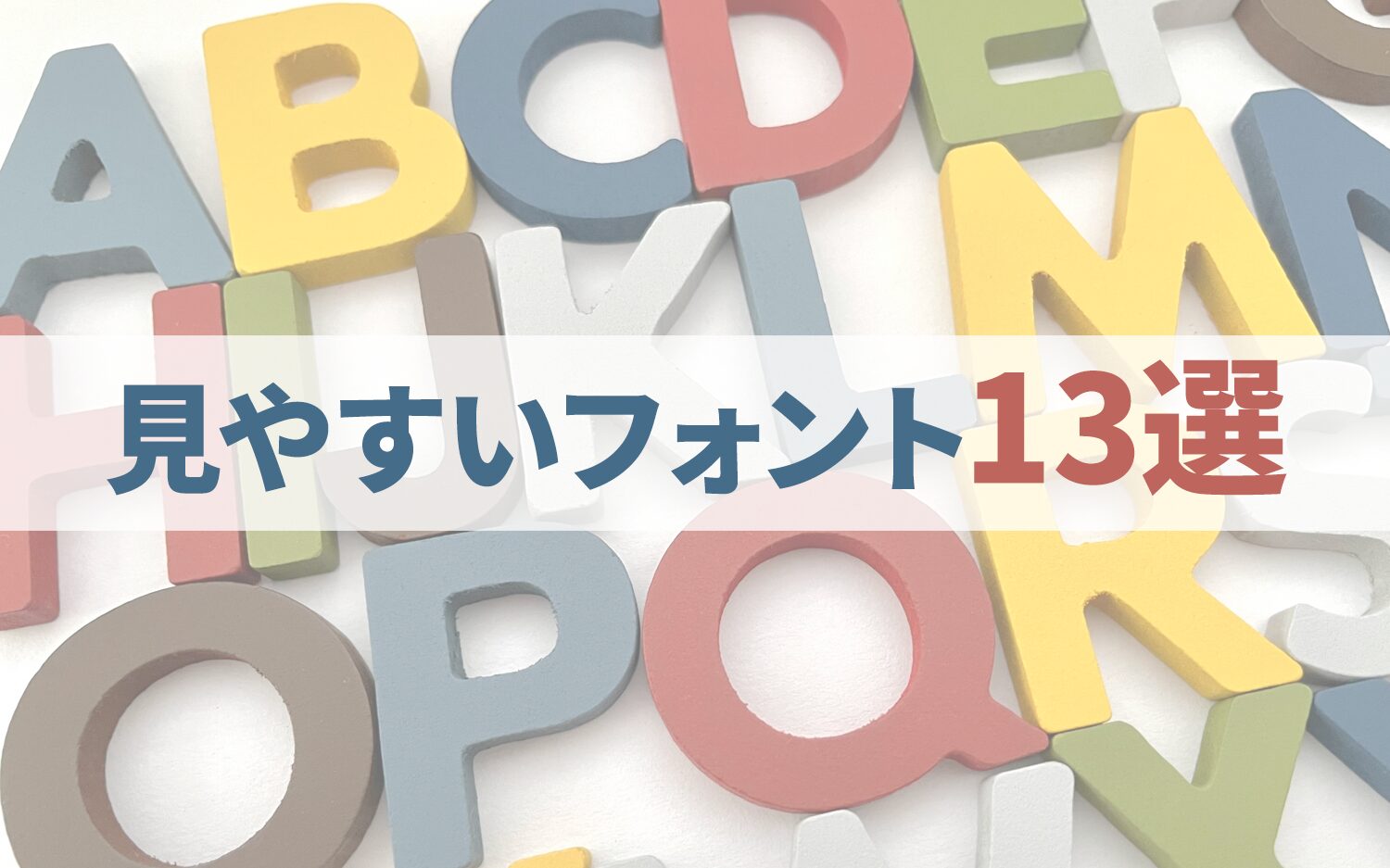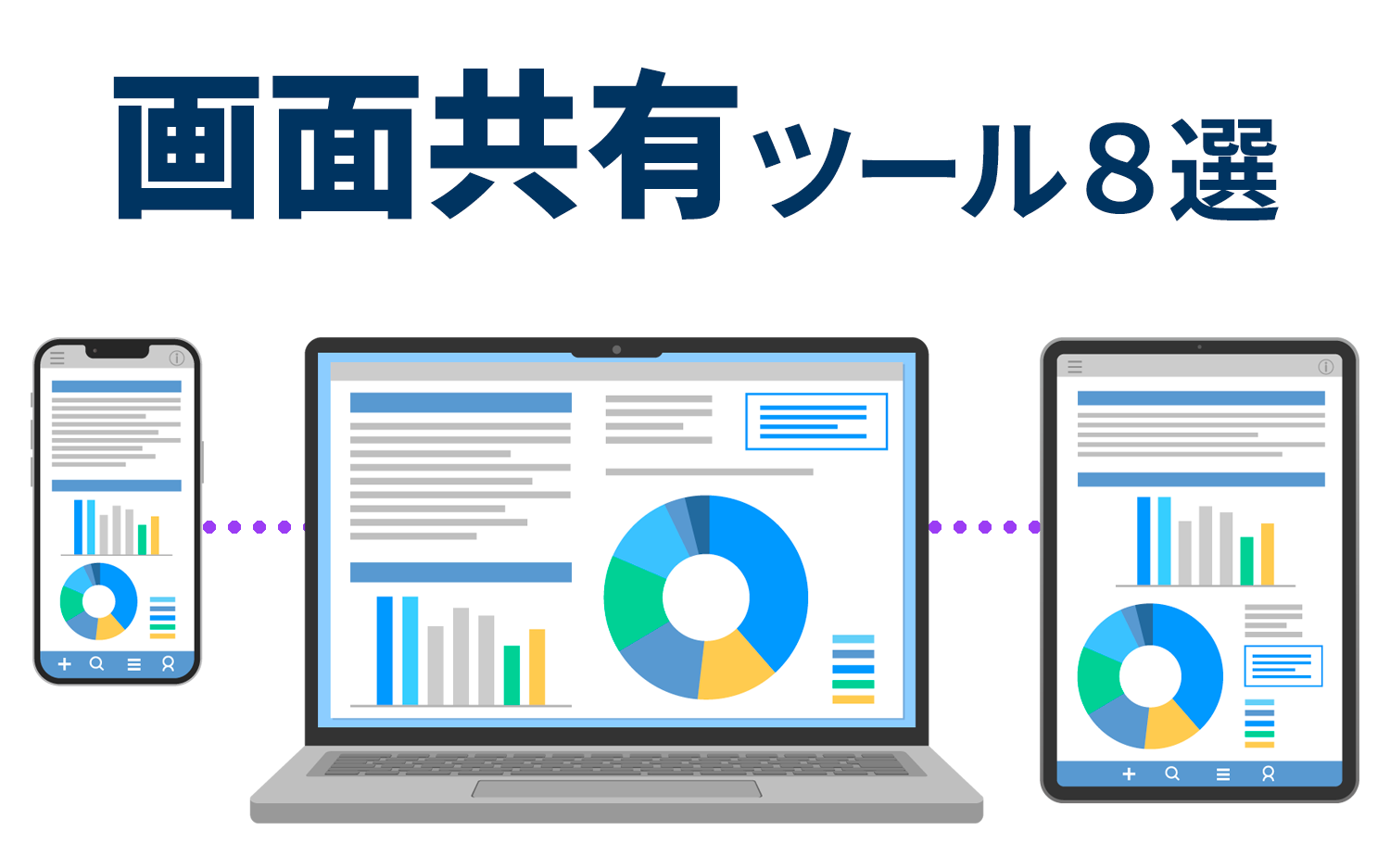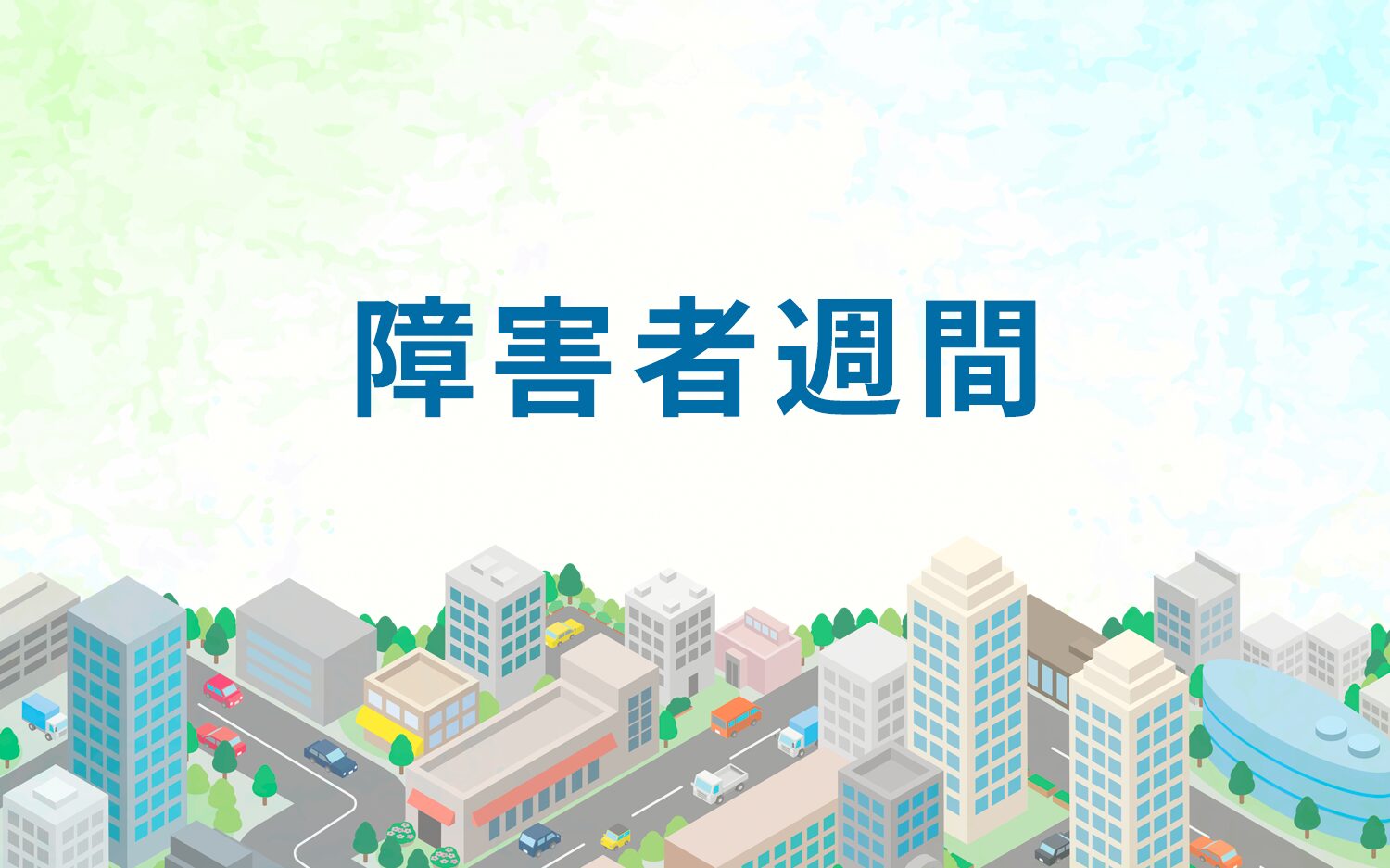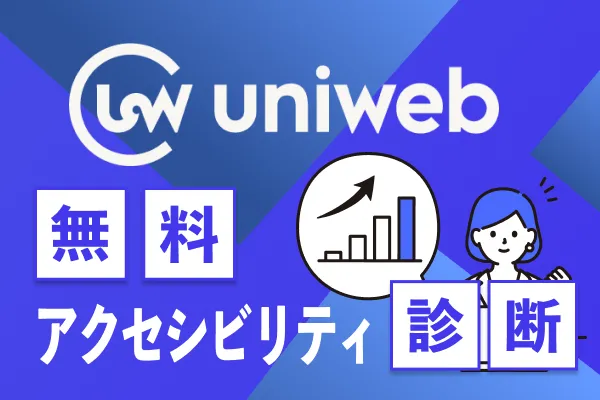A thorough 10-minute overview of "barrier-free" to understand the big picture
2025/04/30
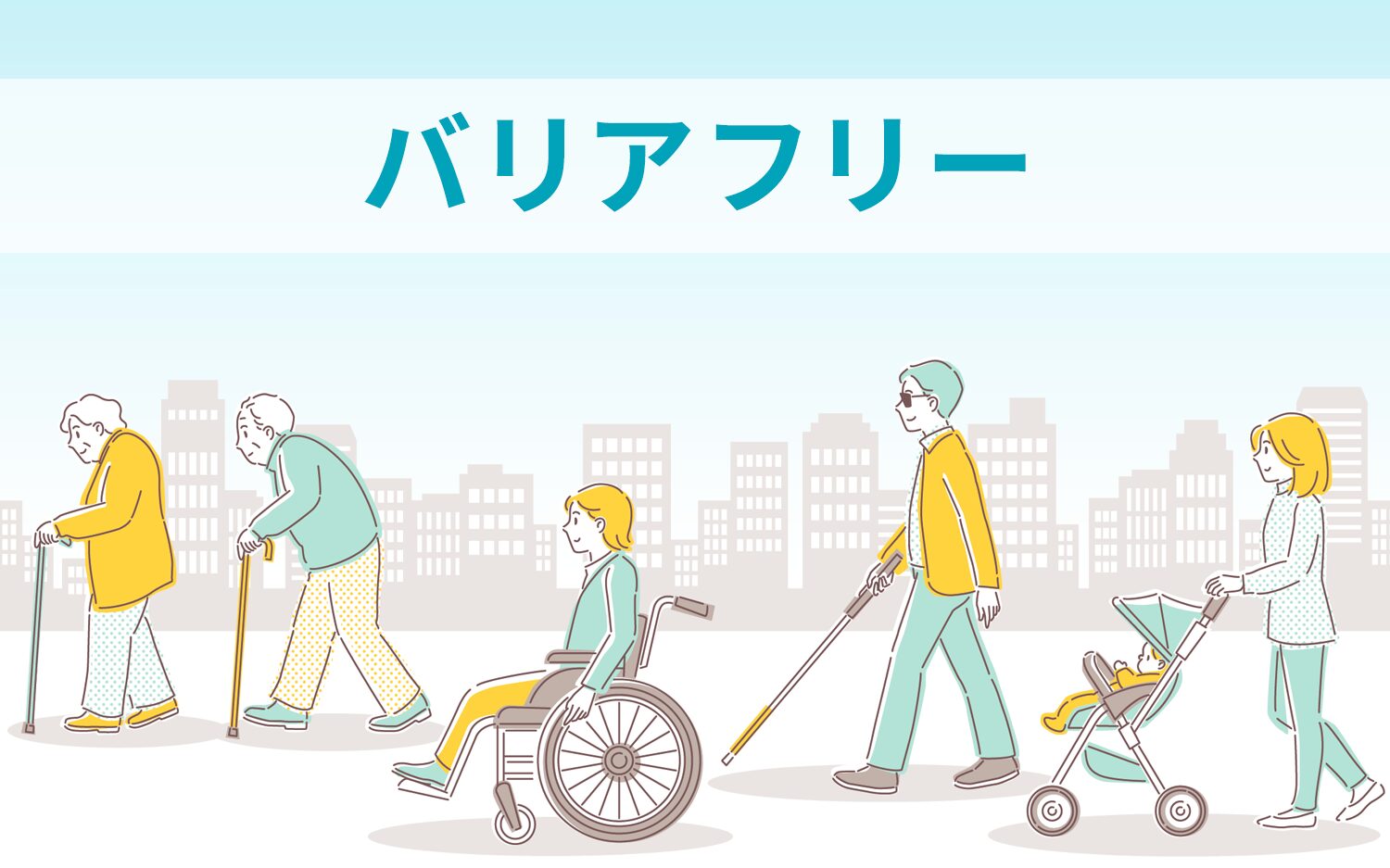
'Barrier-Free'Although the term "barrier-free" has become widely known, surprisingly few people correctly understand its meaning, and many people tend to think of it as "special consideration for the elderly or handicapped," when in fact, barrier-free is a social design concept that is relevant to all people.
For example, everyone may face "barriers" in their daily lives, such as temporarily injured people, parents pushing baby strollers, or tourists unfamiliar with foreign languages.
Removing these barriers and creating a comfortable living environment for all is the essence of barrier-free living.
In this article, we will introduce what barrier-free is, the background of the concept, its types, the difference from universal design, and even specific examples in our daily lives so that you can understand the whole picture of barrier-free in 10 minutes.
In addition, links to related articles for deeper understanding are also provided, so please feel free to expand your learning from topics of your interest.
Table of Contents
- 1 Barrier-free is "the idea of removing barriers for all people."
- 2 Four Barriers to Barrier-Free Access and How to Eliminate Them
- 3 Legal System Supporting Barrier-Free Access
- 4 Difference between Barrier-Free and Universal Design
- 5 Examples of Barrier-Free
- 6 Three tips for working on barrier-free accessibility
- 7 Conclusion
Barrier-free is "the idea of removing barriers for all people."
The graph below is based on the Ministry of Land, Infrastructure, Transport and Tourism's data published by the Cabinet Office regarding the "Barrier-Free Law certification results".
◆Transition in the number of certified specific buildings based on the Barrier-Free Law (1994-2017)
Data Citation:Cabinet Office, Government of Japan, "Accreditation of Specific Buildings Certified under the Barrier-Free Law (CSV format / Ministry of Land, Infrastructure, Transport and Tourism)".Graphs prepared by the author based on
Many people may hear the term "barrier-free" and feel that it is somewhat idealistic or for some people.
However, as you can see from the graph, the actualSince the system was established in 1994*, the number of buildings certified under the Barrier-Free Law has steadily increased throughout Japan.As of 2017, more than 5,000 facilities have already been officially recognized as "designed for everyone".
This is not to say that barrier-free is an exception for some,The "public design" that society as a whole has put in placeis the
Also, according to data from the Ministry of Internal Affairs and Communications,In Japan, 29.1% of the total population is already 65 years old or older, with approximately 36 million people living as senior citizens。
In addition,Approximately 9.7 million people in Japan have physical, intellectual, or mental disabilitiesThe reality is that these people are very common in society,It is no longer a special consideration, but a "common assumption.It represents that
Reference: Statistics on the Elderly in Japan (2023 Edition / Statistics Bureau of the Ministry of Internal Affairs and Communications)、2021 White Paper on Persons with Disabilities (Cabinet Office)
Barrier-free means to "free" (remove) "barriers," a concept that seeks to remove all barriers, from physical devices such as eliminating steps, supplementing information with audio and Braille, and installing multipurpose restrooms, to laws and systems, the way information is delivered, and even people's awareness itself.
And the most important point is that barrier-free is not just "for the elderly or disabled.
In fact, the existence of barriers can be a "personal matter" for many people, regardless of disability or age, including those who temporarily have difficulty walking due to broken bones, parents pushing strollers, and foreign tourists who cannot read Japanese.
To better understand how these barriers lurk in our daily lives, the next section will detail the four types of barriers that barrier-free access aims to eliminate.
In 1994, the "Heart Building Law (official name: Law Concerning the Promotion of Construction of Specified Buildings for the Elderly and Physically Challenged)" was enacted, and in 2006, the Heart Building Law and the Transportation Barrier-Free Law were combined to form the "Barrier-Free Law (official name: Law Concerning Facilitation of Mobility for the Elderly and Physically Challenged)".
Four Barriers to Barrier-Free Access and How to Eliminate Them
When people think of barrier-free, many tend to think of physical facility improvements such as building ramps and elevators, but in reality, "barriers" (barriers) include more diverse and less visible ones.
Barrier-free initiatives primarily include the followingRemoving the following four barriersis considered important.
(i) Physical barriers
One of the most obvious barriers: buildings and transportation,Situations where physical space prevents people from movingRefers to.
Typical examples are station platforms with only stairs, narrow passageways that are inaccessible to wheelchairs, and store entrances with steps.
For these issues,Installation of elevators and ramps, nonstep buses, and multipurpose restroomsand others are being implemented.
Barrier-free accessibility has also become a requirement for evacuation routes and temporary toilets during disasters in recent years, expanding considerations beyond daily life.
(ii) Informational barriers
With barriers that prevent the acquisition and understanding of information,Situations where people with visual or hearing limitations cannot access necessary informationRefers to.
For example, if announcements on station platforms are provided only in audio, people with hearing disabilities will not be able to grasp the content; conversely, if bulletin boards provide only written information, this will be a barrier for people with visual disabilities.
For these issues,Combination of audio and text information, pictograms and universal design fonts, multilingual support, Braille and sign language interpretationIt is important to disseminate information in a variety of ways, including
Furthermore, with the increasing digitization,Accessibility support for websites and smartphone applicationswill also become increasingly important.
(iii) Conscious barrier
"prejudice" or "lack of understanding."The "walls" in people's minds are such things as "I don't know what to do" and "I don't know what to do.
For example, the idea that "people with disabilities can use other facilities" or "too much consideration is unfair to others," even if the person does not intend to do so,Unconscious discrimination and exclusionThis can lead to
These barriers to awareness can lead to biased responses in the field and users feeling psychologically uncomfortable using the system, even when facilities and systems are in place.
Therefore, in addition to the maintenance of hardware,To promote awareness over the long term through staff training, school education, and awareness-raising through the mediawill be essential.
4) Institutional barriers
The legal system, administrative procedures, and service delivery mechanisms are not designed to be equally accessible to allIt is a barrier created by the
For example, window services are limited to face-to-face and document-based operations, or the system is designed in such a way that it is not intended for use by people with disabilities.
In addition, there are cases where the public transportation discount system requires an application procedure, but the application procedure is paper-based only or requires a commute to the office, which itself becomes a barrier, forcing people to give up the use of the system.
In order to eliminate these institutional barriers, legal systems for barrier-free access have been developedThis is discussed in more detail in the next section.
These four barriers do not exist in isolation,Cases where multiple overlap and restrict people's free movement and participation.There are many
Therefore, to promote barrier-free access,It is important to review not only building design and systems, but also society as a whole, including information dissemination and people's awareness.
In addition, the "four barriers to barrier-free access" described here are,Article belowPlease refer to the following page for a more detailed explanation.
Related Articles:The purpose of barrier-free is to eliminate the four types of barriers.
Next, we will discuss in more detail the legal systems that promote barrier-free access.
Legal System Supporting Barrier-Free Access
The promotion of barrier-free access is not something that can be achieved through private or individual efforts alone; it exists as a foundation for such efforts,Barrier-Free Law (official name: Law Concerning Facilitation of Mobility of the Elderly, Persons with Disabilities, etc.).
This law was enacted after individual laws such as the "Heart Building Act" in 1994 and the "Transportation Barrier-Free Act" in 2000, which were integrated and expanded in 2006.
Since then, the company has targeted living infrastructure such as buildings and transportation,We promote the creation of an environment that is accessible to all, either as a mandate or as an effort.
The main facilities covered by the program are as follows
・Specific BuildingsGovernment offices, hospitals, shopping malls, etc.
・Urban Public SpaceSidewalks, intersections, bus stops, plazas, etc.
New facilities are required to be barrier-free, and existing facilities are required to be upgraded in stages.
In addition, the Barrier-Free Act is not only a national law,We are also involved in the formulation of local government ordinances and regional "policies for the facilitation of mobility, etc.".The system can be flexibly deployed in accordance with regional characteristics.
These mechanisms have actually been developed in various parts of the country, leading to an increase in the cumulative number of certifications as mentioned earlier.
In addition, one of the relevant laws is「Act on the Elimination of Discrimination against Persons with Disabilities」but what is the relationship with the Law for the Elimination of Discrimination against Persons with Disabilities?In contrast to the Law for the Elimination of Discrimination against Persons with Disabilities, which focuses on "prohibiting and correcting individual discrimination," the Barrier-Free Law aims to "create an environment in which consideration is assumed in advance by society.。
Although they differ in purpose and approach, they function in a complementary manner to achieve a more inclusive and symbiotic society.
If you would like to know more about the institutional background of the Barrier-Free Law and the points of revision, please contact us.The following articlesSee also
Related Articles:Barrier-Free Law is a law that promotes the smooth movement of people and the use of facilities.
The development of such laws is an indispensable foundation for making barrier-free accessibility a "social standard" rather than a temporary consideration.
However,The concept of "designing for ease of use from the start for all" has also become increasingly important in recent yearsThe next section explains the difference between barrier-free and "universal design," which is often compared to barrier-free.
Difference between Barrier-Free and Universal Design
'Universal Design'is the concept of designing products and environments so that they are easy to use from the start for as many people as possible, regardless of age or disability.
What are "barrier-free" and "universal design"?While both share the same goal of realizing a "society that is easy for everyone to live in," there are clear differences in their approaches and objectives.
◆The difference between barrier-free and universal design
Universal design isFrom the beginning, it was designed to be common and easy to use for all."
Barrier-free is the concept of removing "barriers" (barriers) in society that already exist later.
Elimination of steps, laying of Braille blocks, installation of voice guidance and multipurpose restrooms, etc,It is assumed that "considerations for those in need" will be added to already existing spaces and servicesThe main focus is on serving the elderly and people with disabilities.
Universal design, on the other hand, is the concept of designing for ease of use for all people from the beginning, rather than adapting to someone in particular.
For example, highly visible information signs with pictograms, automatic doors that are easy to push, floor layouts with no steps, and multilingual support are examples of universal design,We aim to design a system that benefits everyone, not only the elderly and the disabled, but also children, foreigners, pregnant women, etc.。
The two ideas are complementary.
Although they are often spoken of in opposition, they actually complement each other.
While universal design is an ideal design philosophy, it can be difficult to fully meet the needs of all people, and for this reasonIdeally, we would like to bring society as a whole closer to universal design, but in reality, we are still trying to address the barriers that exist.This is a realistic approach.
As for the difference between barrier-free and universal design,Article belowPlease read this page for a more comprehensive explanation.
Related Articles:The difference between barrier-free and universal design is the "design concept.
Next, we will show some specific examples of how barrier-free is realized in specific situations.
Examples of Barrier-Free
Here are some examples of barrier-free facilities that are commonly found in our daily lives.
Examples of Barrier-Free in Buildings and Spaces
Installation of step-free floors and ramps
For people using wheelchairs or strollers, it greatly increases freedom of movement.
Wide doorways and corridors
It reduces the stress of contact and passing each other, and improves safety.
Examples of Barrier-Free Transportation and Public Facilities
Acoustic Signals
The signal is audible to inform the visually impaired of the signal status so that they can cross the street safely.
Multi-purpose restroom (wheelchair accessible)
It is designed to be accessible to everyone, including wheelchair users, ostomates, and those who need assistance.
Examples of Barrier-Free in the Digital Information Environment
Websites that support text-to-speech
It can deliver information to people who are visually impaired or have difficulty reading.
Designs that take into account color vision characteristics
Instead of conveying information only in different colors, the use of shapes and labels in conjunction with each other makes the design easy for everyone to see.
Such barrier-free support is not "special assistance","Common Design for a Society Where Everyone Can Live Without Inconveniences."It is steadily penetrating into our lives as a
For other specific examples of barrier-free systems that are being introduced in various fields,The following articlesThank you.
Related Articles:Thorough explanation of 13 specific examples to deepen understanding of "barrier-free".
Three tips for working on barrier-free accessibility
Many people may understand the need for and the concept of barrier-free access, but when it comes time to tackle the issue at their own workplace or facility, they may feel that they do not know where to start.
Here are three tips for companies, organizations, facility operators, and others to get started with their efforts without difficulty.
Tip 1) Pick up "voices" first.
No matter how ideal the design, it cannot lead to true "usability" without the perspective of the actual users.
In particular,Voices based on real-life experiences" of people who are in a position to feel barriers (e.g., people with disabilities, the elderly, foreigners, pregnant women, etc.)can provide valuable tips for designers and operators.
By conducting surveys, interviews, and providing regular feedback opportunities, the following "insights" can be gained.
Examples of "awareness" gained by picking up ◆voice
Sometimes I can't hear the building's public address system."
The elevator buttons are small and difficult to push."
Such as this,Accumulation of small daily problemsis the starting point for barrier-free access.
Tip #2: Start with "change just one thing".
Barrier-free tends to conjure up images of a major project that involves rebuilding an entire facility, but in realityThe basic principle is "little by little, starting with what you can do.First, let's look at the immediate and accessible areas and implement just one small improvement.
For example, the following initiatives are relatively inexpensive and time-consuming, and their effects are easily visible.
◆Examples of low-cost and low-hassle initiatives
Organize conduits in areas prone to congestion.
Add a text resize button to the web page
As these individual successes accumulate, they create an atmosphere of "let's try it again next time" in the workplace and throughout the team.
Tip 3) Review from the perspective of the person using the system.
By actually using the space and its services, you will notice real barriers that you could not see in drawings or manuals.
In barrier-free initiatives,The biggest hint is to "experience" it.and is an approach that anyone can implement today.
For example, try the following experiences.
◆Examples of immediate barrier experiences
Browse the company's website using the screen reader function.
...Check displays and buttons that are out of reach
By tracing the space once from the user's perspective, we can naturally highlight what is really troubling and what needs to be fixed.
Barrier-free access is not something that only special people or institutions can tackle; it is an activity that can be undertaken gradually in all places, starting with something anyone can start.
The first step toward a society that is easy for everyone to use is not to overlook the "small inconveniences" we notice around us and to start making even a single "gentle improvement" in response to them.
Conclusion
Barrier-free is a concept to realize a society where all people, regardless of age or disability, can live in peace.
We are surrounded by various "barriers" such as the structure of buildings, the way information is conveyed, the way institutions are set up, and even people's awareness, etc. Removing these barriers one by one will lead to the realization of a society that is friendly to everyone.
This article has presented a general overview of the barrier-free system, though,For further understanding, please also refer to the related articles in the chapters.You can expand your knowledge to include more specific examples, background on the system, and its relationship to universal design, all of which will be useful in practice.
-
Contact Us
-
Request Info
-
Free Trial
-
Partner System


